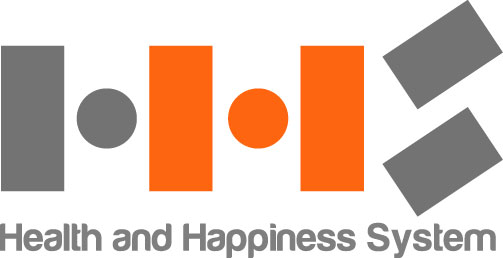
Interface technology by bio-signal processing is used as a human-friendly and portable interface in wearable computing environments or mobile computing environments, and is a future-oriented source technology for the next generation of user interfaces after text, voice, gesture, and facial expression recognition.
Biological signal-based interface technology refers to a technology used by the elderly or the disabled as a human-computer interface in computers using artificially generated biosignals such as electromyography and brain waves, or to generate instructions for controlling the operation of rehabilitation devices such as wheelchairs.
The biosignal-based interface is expected to be used in a virtual reality, wearable computer, or interface for the physically disabled because sensors are attached to the body and naturally generated biosignals by the user’s intention are used. EEG-based HCI (Human Computer Interaction) technology and interface technology using EEG (electroencephalogram) have been carried out over the past decades with the interest of many people as future interfaces as well as the disabled.
In Korea, many studies are being conducted on brainwave-based interface technology. However, since biosignal-based interface technologies must be based on long-term basic technologies, they are still very insufficient compared to the global level. However, HHS (CEO Hyung-seop Han) stands out in this area. EMG is an electrical signal that occurs along muscle fibers from the muscle surface according to the movement of the body, and most of the EMG (electromyography) signals have a magnitude of less than 10 mV and a frequency range of less than 500 Hz. The EMG signal can be measured by inserting a needle directly into the muscle, or by attaching an electrode to the surface of the skin near the muscle.
The method of measuring the EMG signal on the surface of the skin is called the surface EMG measurement method, and when using EMG for the purpose of controlling a computer or mobile device, the surface EMG measurement method is used in consideration of practicality.
Since the user’s intention or movement can be interpreted from the measured EMG signal, it can be used as a useful input along with other bio-signals such as brain waves and safety. Studies that extract users’ intentions or commands using EMG signals have been mainly conducted to assist in the daily life of disabled people with physical disabilities.
One of the solutions to input devices required in the next-generation computing environment is input interface technology using bio-signals such as EMG. Hiraiwa of NTT Human Interface Lab and Rosenberg of University College London presented the concept of a pointing device using EMG signals caused by wrist movement. Recently, Tsuji of Hiroshima University Robotics Lab also published research results on pointing devices with 2 DOF (degree of freedom) using electromyography. However, since the sensor is attached to the place where the electromyogram signal caused by a specific motion is best obtained, it is very cumbersome to detach and use it in practical terms.

▲ HHS Co., Ltd.
▲ CEO : Hyung-seob Han
▲ Brand : HHS, PINYFINY
▲ www.hhskorea.com
▲ overhs@naver.com
Sam Kim
Asia Journal

